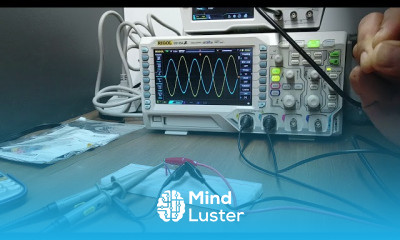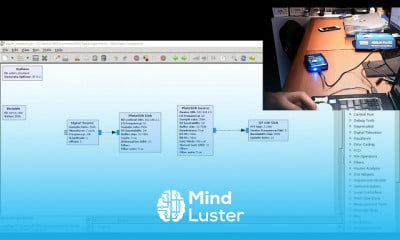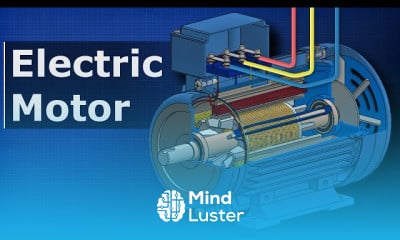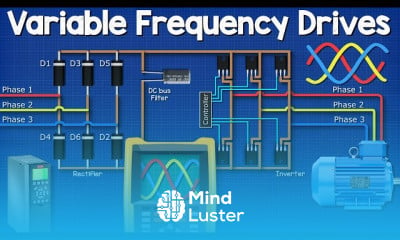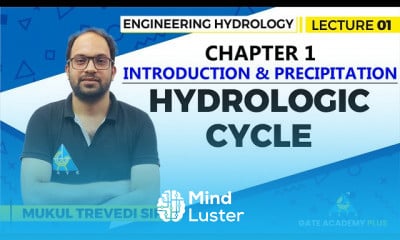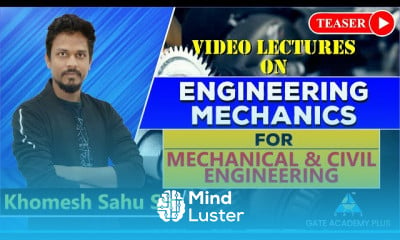Types of Power Plant Classification of Power Plants
Share your inquiries now with community members
Click Here
Sign up Now
Lesson extensions
Lessons List | 155
Lesson
Show More
Lessons
Comments
Related Courses in Engineering
Course Description
Transformer winding types course,
in this course we will learn about transformer winding types. This detailed course provides a comprehensive understanding of the various winding configurations used in transformers, essential for anyone working in electrical engineering and power systems. Starting with the basics, we will cover the fundamental principles of transformer windings, including their role in voltage transformation and impedance matching. The course will explore different types of windings, such as primary and secondary windings, auto transformer windings, and toroidal windings. We will delve into the specifics of distribution transformer windings and power transformer winding configurations, including step-up, step-down, and three-phase windings. Each type will be examined in detail, discussing their construction, operation, and specific applications. Practical demonstrations will illustrate how to identify, analyze, and select appropriate winding types for various transformer applications. Additionally, the course will cover advanced topics such as zigzag winding configurations and isolation transformer windings. By the end of the course, participants will have a thorough understanding of transformer winding types, their applications, and their significance in electrical systems, equipping them with the skills to effectively design, analyze, and troubleshoot transformer windings in real-world scenarios.
Trends
AUTOMATA THEORY
MS Excel
Video editing with adobe premiere
Create a website with wordPress for beginners
Learning English Speaking
C Programming Language
Mobile Apps from Scratch
Python programming language
Digital Logic Families in Digital Electronics
English greetings and responses
Digital Marketing
R Programming basics for Data Analytics
English Language
Digital Marketing Beginners
English Grammar
Business Law fundamentals
Marketing
Data Science with Python conditions
Typescript types for beginner
Royalty accounts fundamentals
Recent
Royalty accounts fundamentals
Format of container accounts for beginners
company accounts fundamentals
Branch accounting fundamentals
Business Law fundamentals
Coordination in management
Influencer marketing strategies for beginners
Micro and macro economics for beginners
Job analysis techniques and tools
Total quality management for beginners
Golden rules of accounting with example
Comparison of equity and preference shares
Source documents in accounting beginners
English greetings and responses
Improve english grammar skills
English spelling rules for beginners
English pronunciation and spelling basics
English modal verbs essentials
FCE exam preparation essentials
B1 preliminary speaking exam Preparation


















































